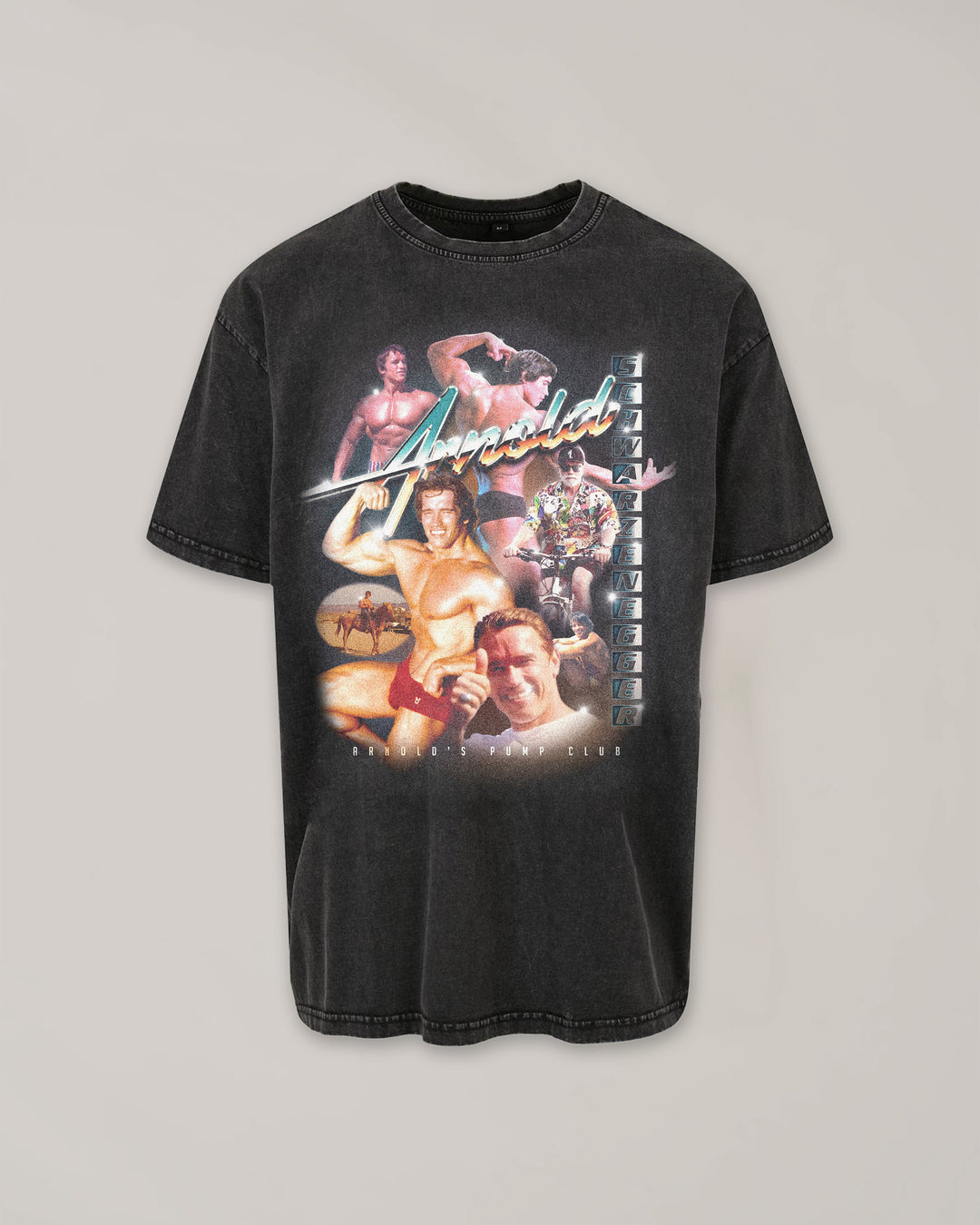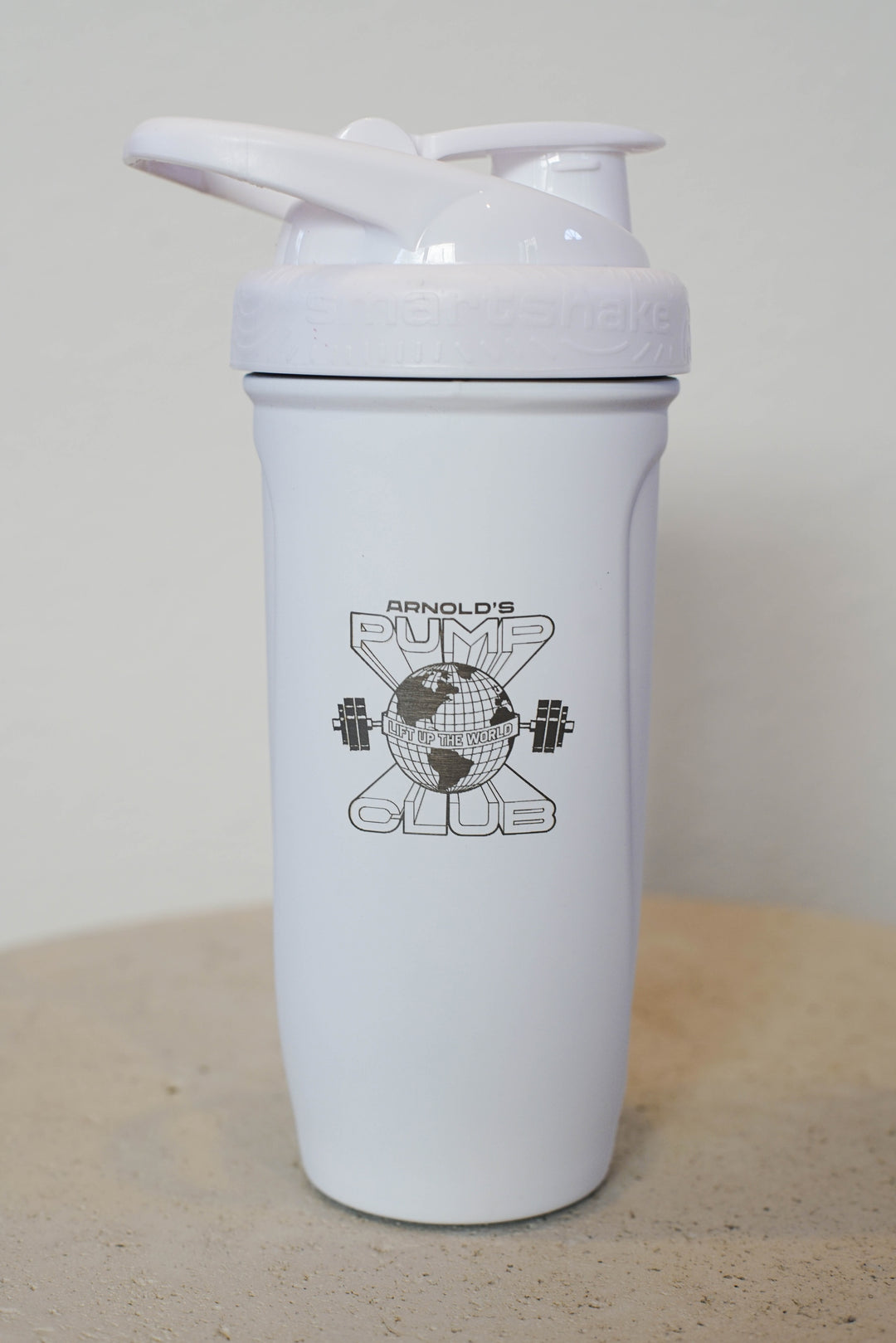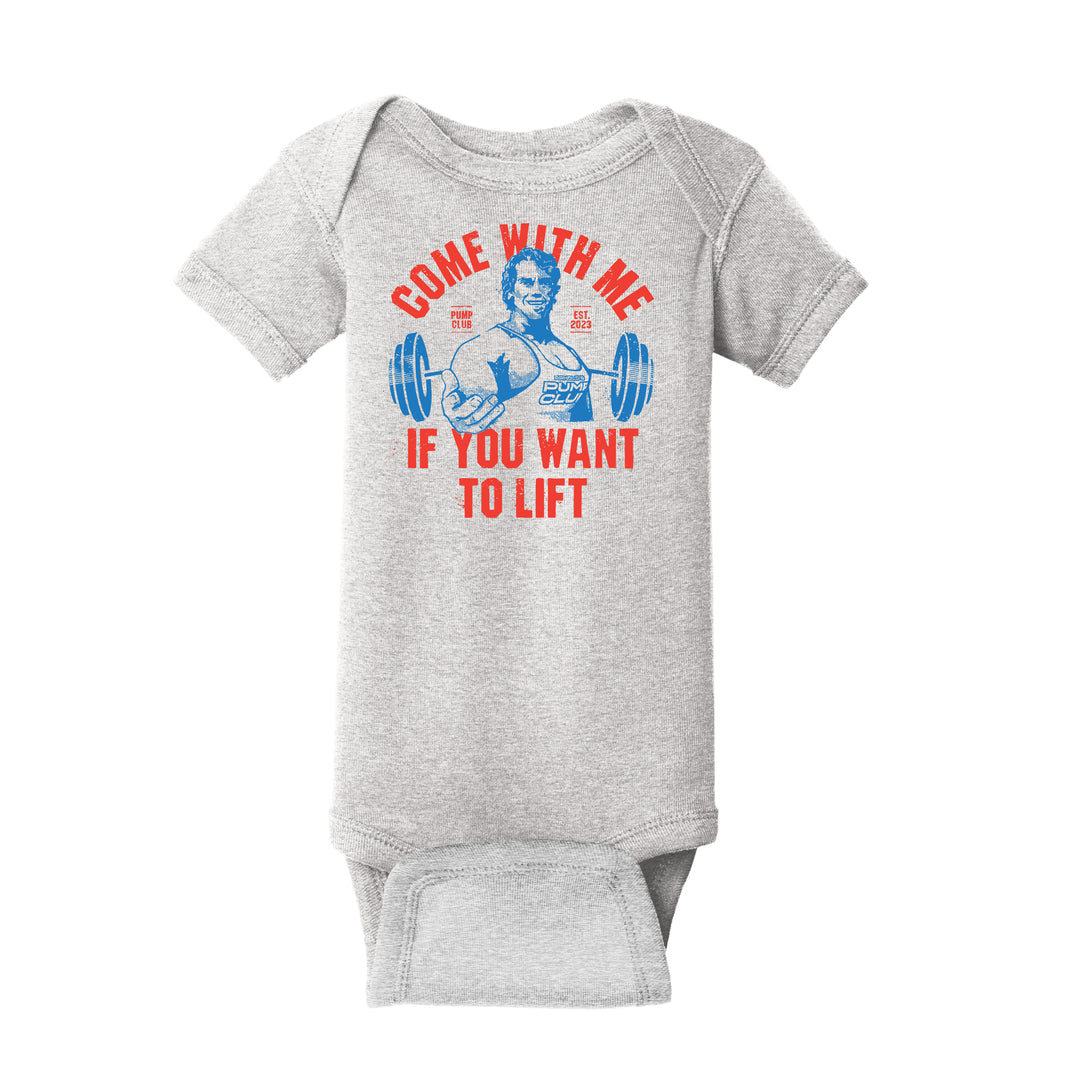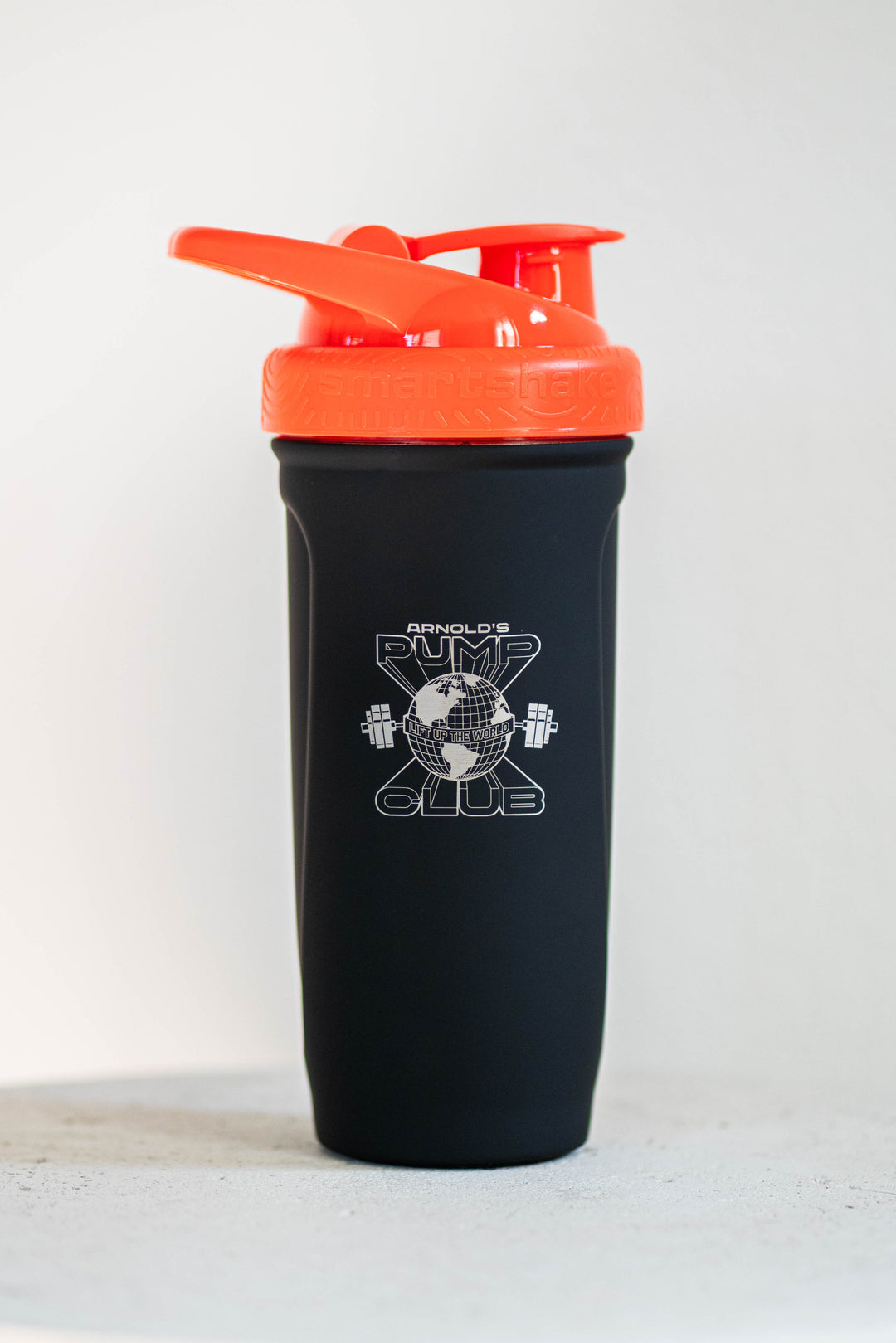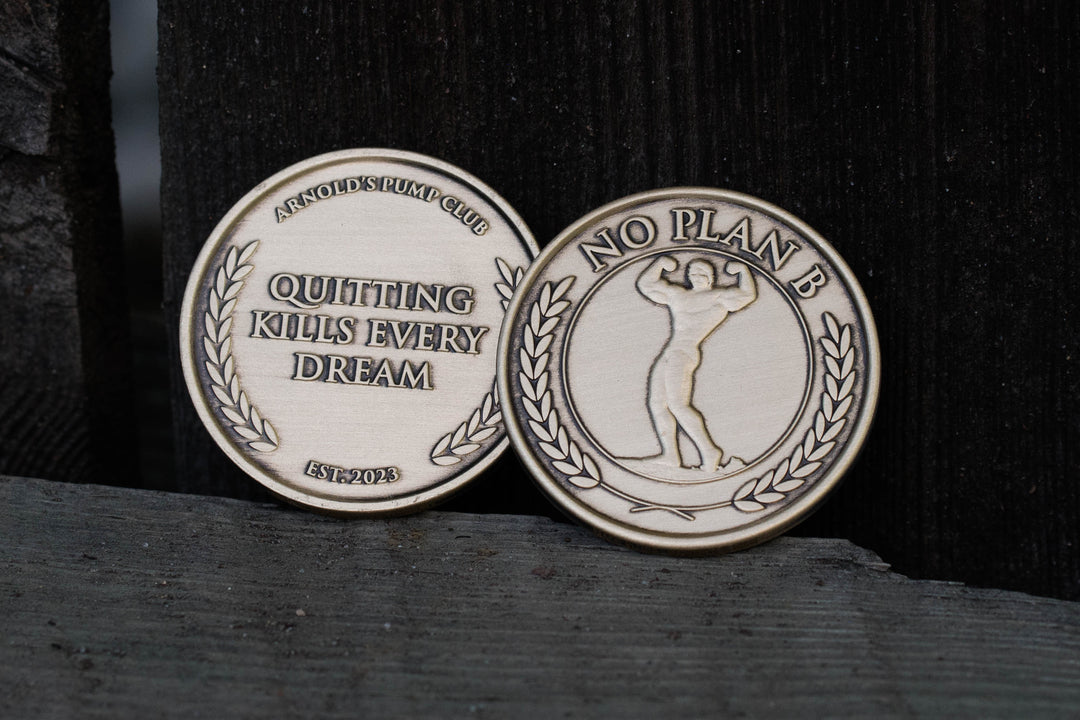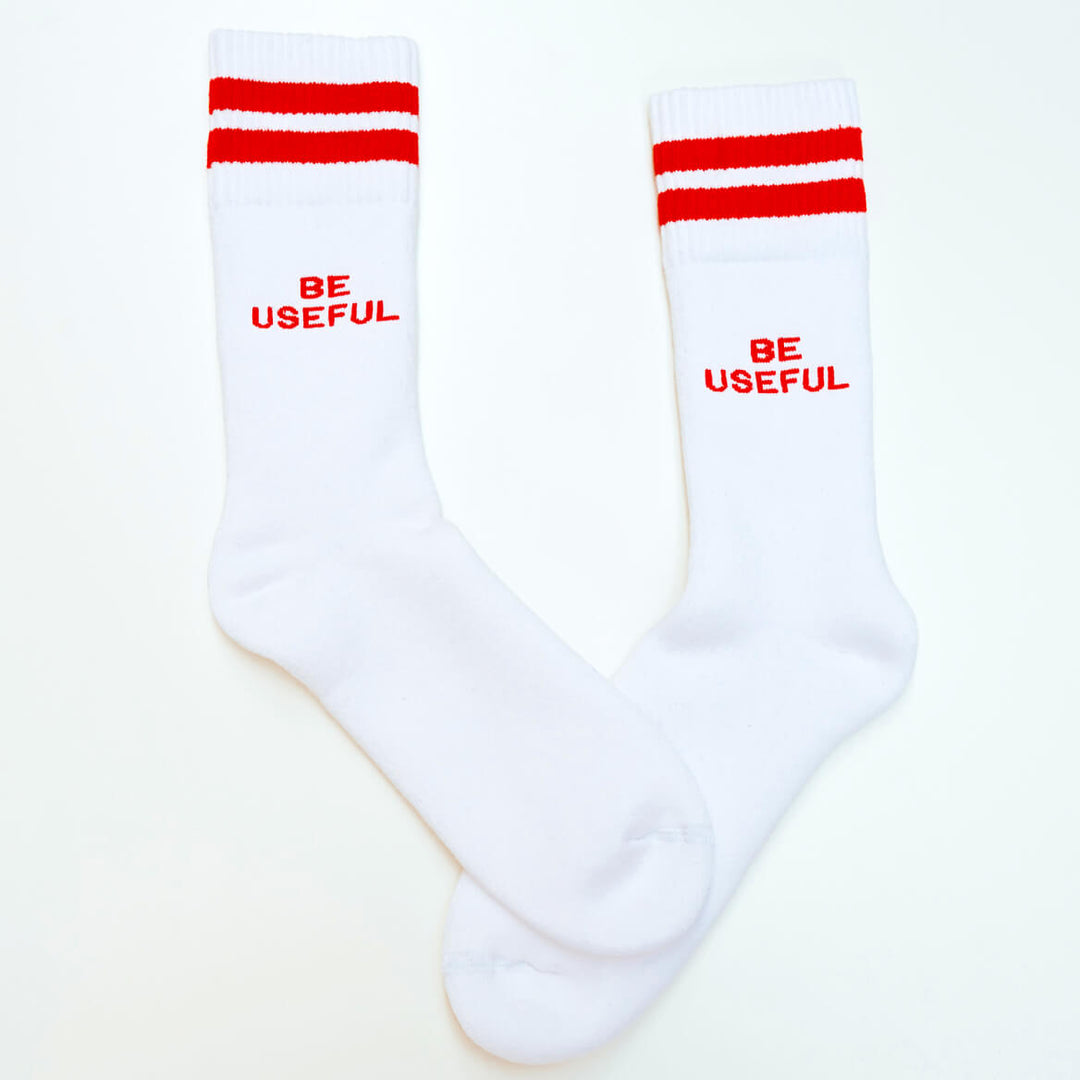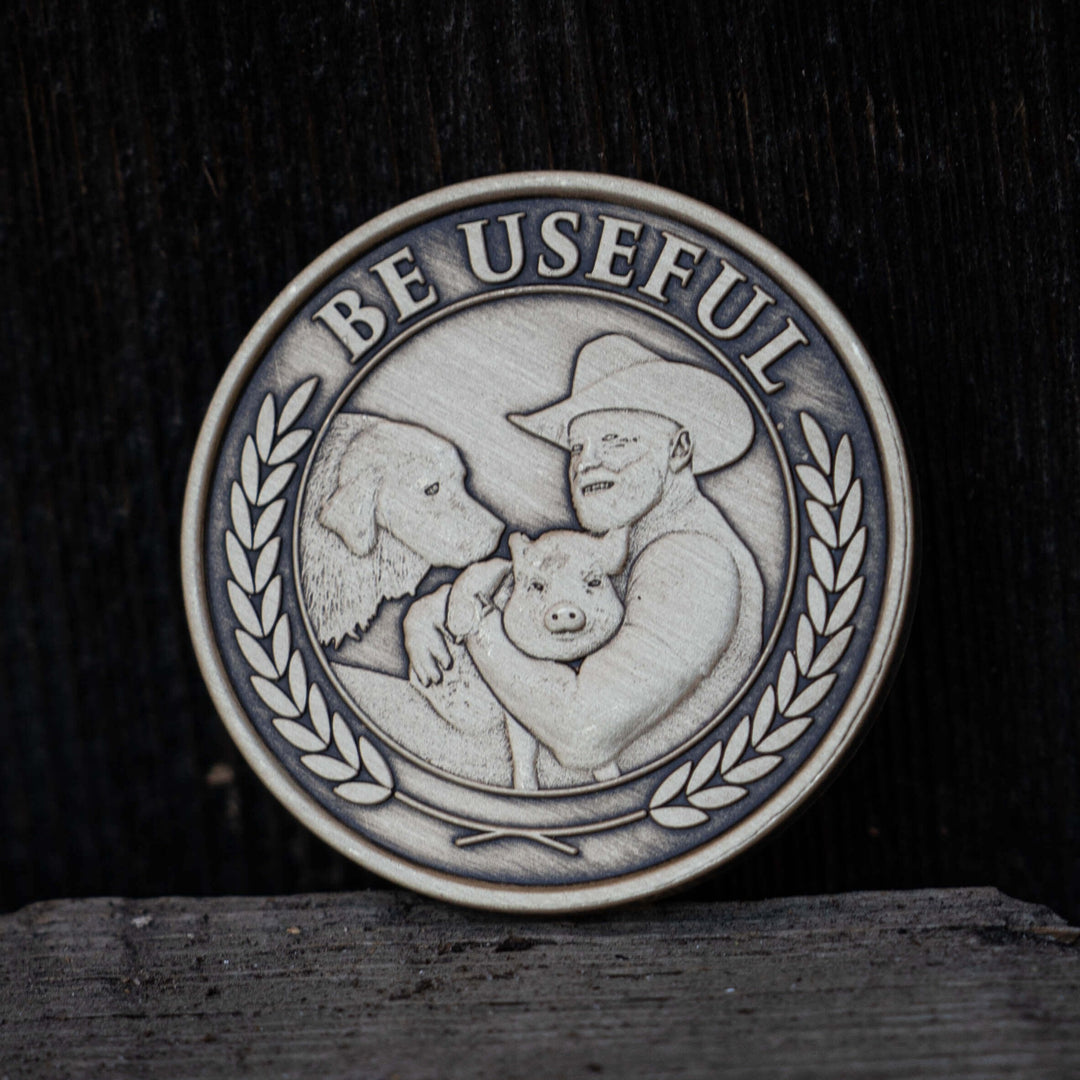Welcome to the positive corner of the internet. Every weekday, we make sense of the confusing world of wellness by analyzing the headlines, simplifying the latest research, and offering quick tips designed to make you healthier in less than 5 minutes. If you were forwarded this message, you can get the free daily email here.
Today’s Health Upgrade
Maybe fat cells need amnesia
Michelin star tested, real person approved
A new look for cannabis?
And the best workout split is…
Arnold’s Podcast
Want more stories from Arnold? Every day, Arnold’s Pump Club Podcast opens with a story, perspective, and wisdom from Arnold that you won’t find in the newsletter. And, you’ll hear a recap of the day’s items. You can subscribe on Apple, Spotify, Google, or wherever you listen to podcasts.
Spotlight
Your Fat Cells Have A Long Memory. Here’s What It Means
Just because you’ve worked hard to lose weight by eating better and exercising doesn’t mean your body is ready to let go of the past.
New research suggests that your fat cells retain a memory of obesity—even after you shed the pounds, which might be a big reason why some people find it almost too easy to regain lost weight.
Researchers analyzed fat cells from individuals before and after weight loss. They compared those who were overweight and had bariatric surgery to those who were lean. Even after obese individuals dropped the weight, the scientists found that fat cells leave behind a molecular “memory” encoded in the cells’ DNA.
Scientists also found the same trait in mice. When they fed mice a high-fat diet after weight loss, those with the genetic memory in their fat cells gained back weight quicker than those without it.
In other words, even after reducing fat mass, your cells may still “act” like they’re obese, potentially influencing hunger, fat storage, and inflammation.
This research shifts the conversation about weight loss from “just lose the weight” to understanding that obesity creates lasting biological changes. It’s not about blaming yourself if you’ve struggled to keep weight off—it’s about recognizing the science and using it to make smarter, sustainable choices.
The findings emphasize that weight loss isn’t just about the number on the scale. It’s a long-term process of changing how your body functions from the inside out.
But here’s the good news: you can lose and keep off the weight.
Just because your body might push you towards weight regain doesn’t mean it’s harder to lose fat. Research shows that even with those more predisposed to obesity, you can still lose weight. And, when it comes to keeping it off, it’s a matter of staying away from habits that enable weight gain. The mice didn’t just gain more weight; they went back on a high-fat diet, and then weight regain happened faster.
So if you can stick with the behaviors that led to your success — which is all the more reason to pick a sustainable diet — then you can outsmart your DNA and keep a healthier weight.
Together with HexClad
Approved By Michelin Star Chefs, Designed For You
If you're looking for one of the best health investments that continues to pay dividends each month, start by renovating your kitchen—but without all the extreme cost.
Upgrading your cookware can help you make better meals at home and also help you avoid one of the biggest nutrition struggles for most.
Studies consistently show that too much takeout results in more health struggles. People who cook their meals at home tend to eat fewer calories, make healthier food choices, and build better habits.
It’s simply an odds game. Research suggests that 70 percent of the meals at fast food restaurants are considered poor dietary quality, and that number is 50 percent at full-service restaurants.
That’s why research suggests that people who cook more often at home consume a minimum of 150 fewer calories per meal than those who rely on eating out — and that number can swell to 300 to 500 extra calories per meal.
If you’re looking for the highest quality at a price you can afford, HexClad makes high-end cookware that instantly upgrades your kitchen. Their hybrid technology allows you to cook with less oil and provides even heat distribution, giving you a perfectly even golden brown sear every time. HexClad is also metal utensil-safe, allowing you to scrape, whisk, and flip ingredients right in the pan. Easy to clean, dishwasher safe, and oven safe up to 500 degrees Fahrenheit.
Best of all, you don’t have to constantly replace your cookware because HexClad offers a LIFETIME warranty on all of its cookware products. Plus, they offer fast and free shipping in the continental United States.
For a limited time, take advantage of early access to their Black Friday sale and save up to 41% OFF your purchase. Click here to access your discount and enjoy HexClad’s biggest sale of the year.
Health
On Our Radar: Cannabis-Based Pain Relief?
When you think about cannabis, the first thing that comes to mind probably isn’t recovery. However, there might be a new health benefit from the plant that is best known for other reasons.
A new study found that topical hemp seed oil (derived from cannabis sativa) helped reduce knee pain and improve function, offering a promising natural solution for joint relief.
The participants weren’t smoking the oil, but it made a difference in making them feel better.
Scientists randomly assigned men and women suffering from knee pain to receive one of three treatments: a topical hemp seed oil, a nonsteroidal anti-inflammatory drug (gel-based), or a placebo oil. Each night, all the participants massaged the topical onto their knees and repeated it for eight weeks.
Compared to the placebo, the hemp seed oil and the anti-inflammatory gel improved osteoarthritis, reduced pain and stiffness, and improved overall movement. And there was no difference between the anti-inflammatory gel and the hemp.
Osteoarthritis impacts millions of people, and while conventional treatments like NSAIDs and prescription painkillers can be effective, they often come with side effects.
This study suggests that hemp seed oil could be a safe, natural alternative that can improve joint health and mobility without additional downsides.
Fitness
And The Best Workout Split Is…
If you’ve ever wondered whether you should follow a split routine — such as upper or lower body, or focus on each individual body part — or hit your whole body in one session, you’re not alone. It’s a question that’s been debated for decades—and now, science has an answer.
Recent research found that full-body and split routines are equally effective for building strength and muscle. The key? If the total weekly volume is matched, any type of split could deliver results, assuming it’s designed to help you progress over time.
The meta-analysis looked at 14 studies comparing full-body to split routines. The programs divided exercises differently but had the same number of sets per muscle group per week.
As long as the total number of sets, reps, and weights were matched, it didn’t matter how frequently you trained — with one big exception.
The total volume influences your results, but so does how closely you train near failure. In other words, if you train more often but don’t maximize intensity and push sets near failure, you leave results on the table.
Many people will argue there is a “best” split, but the split that works for you is the one you can stick to in terms of exercise selection and workout frequency.
The findings confirm that the best workout routine isn’t about how you split it—it’s about consistency, volume, and effort.
The best advice is to choose what fits your life. Full-body workouts performed three times per week are a great option if you're short on time. If you enjoy more frequent gym visits, a split routine might suit you better.
—
Publisher: Arnold Schwarzenegger
Editors-in-chief: Adam Bornstein and Daniel Ketchell





















